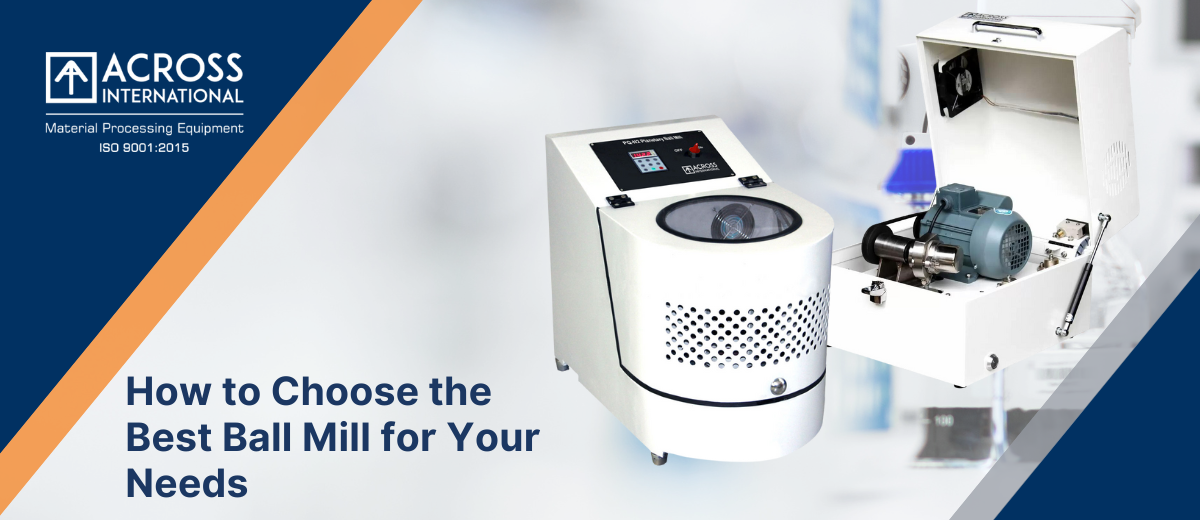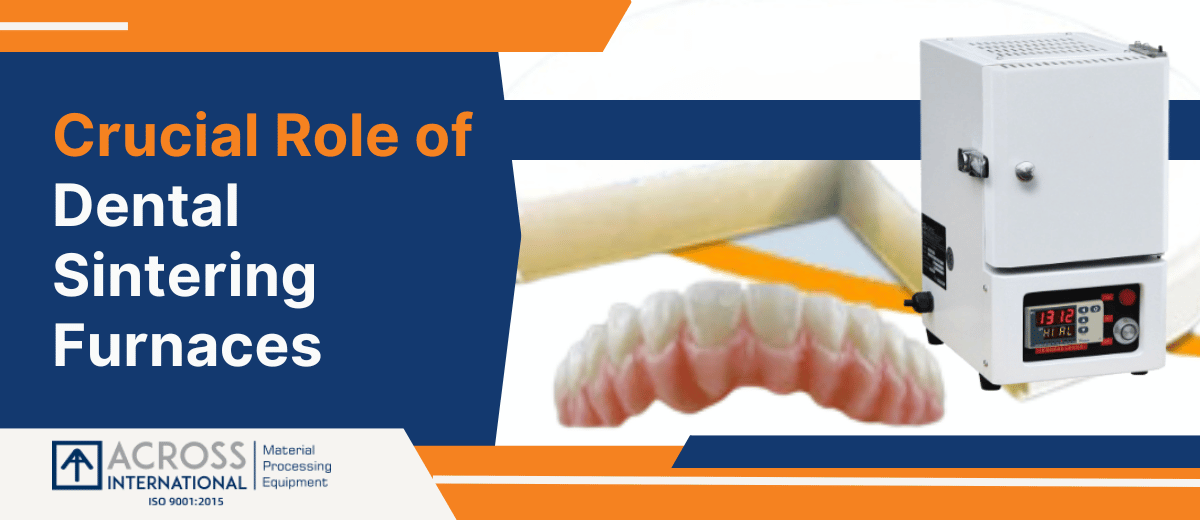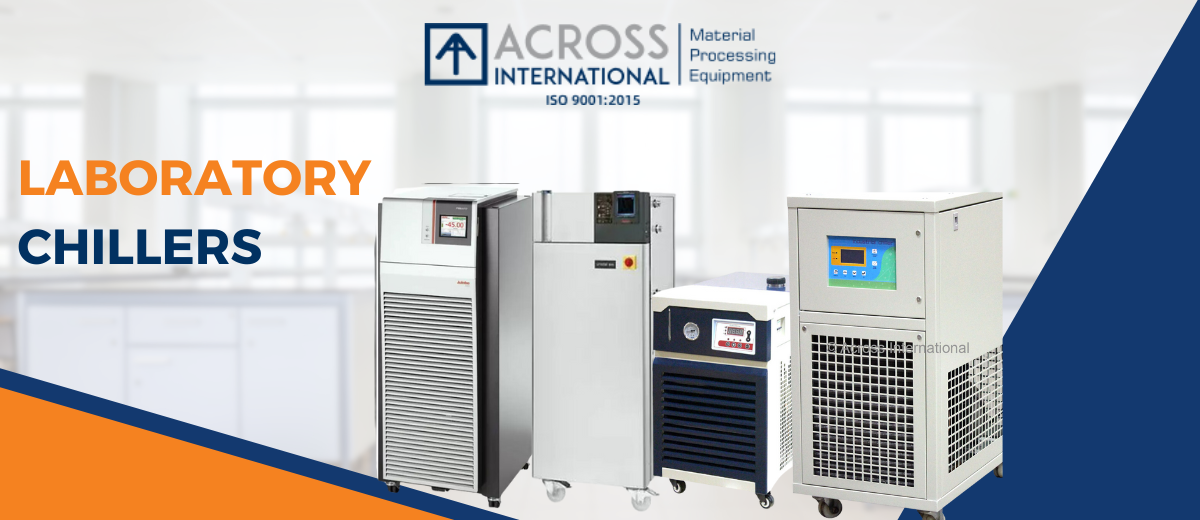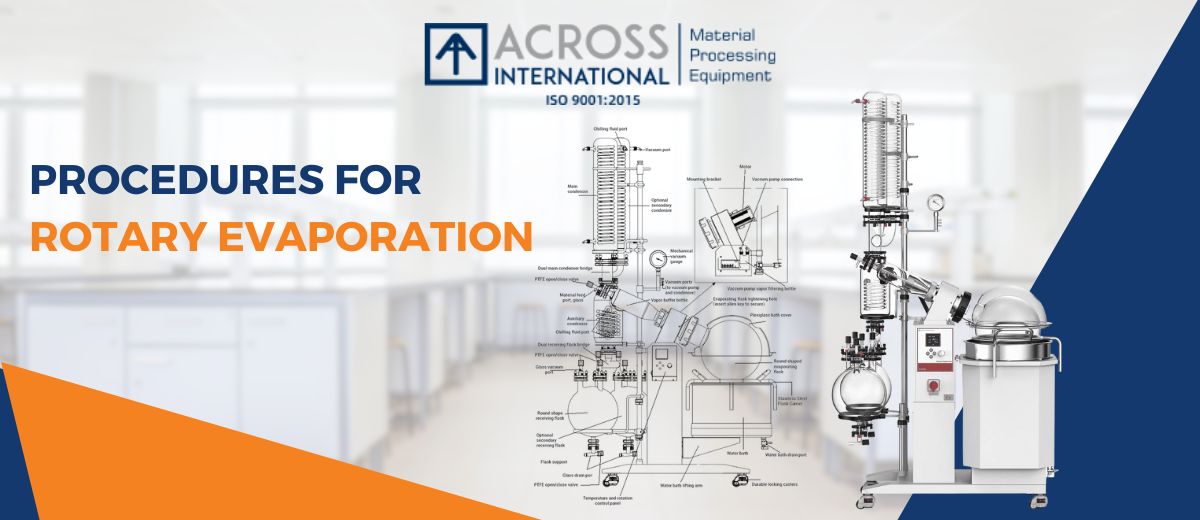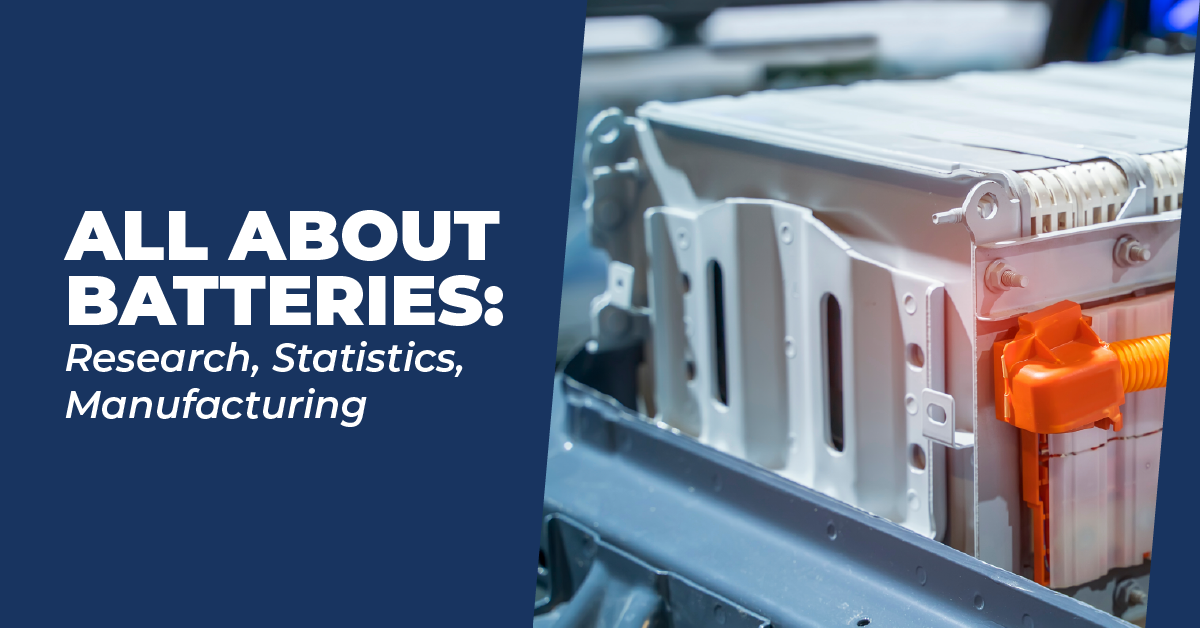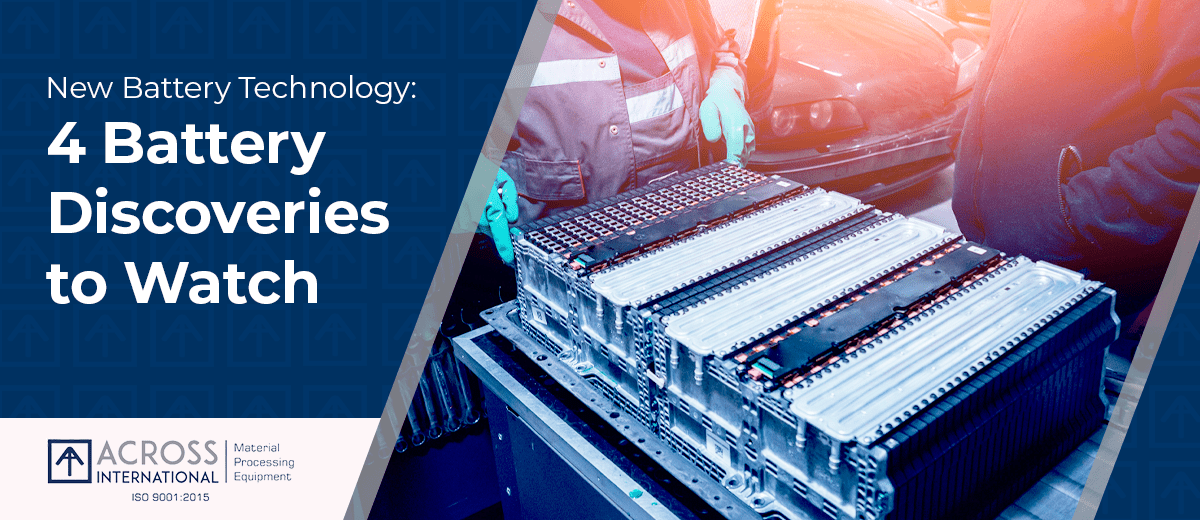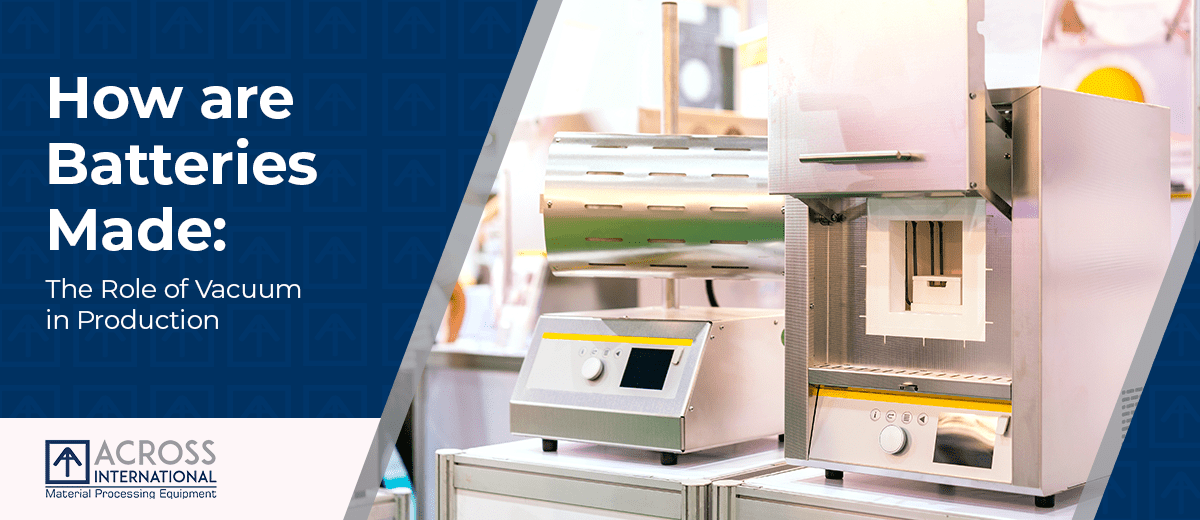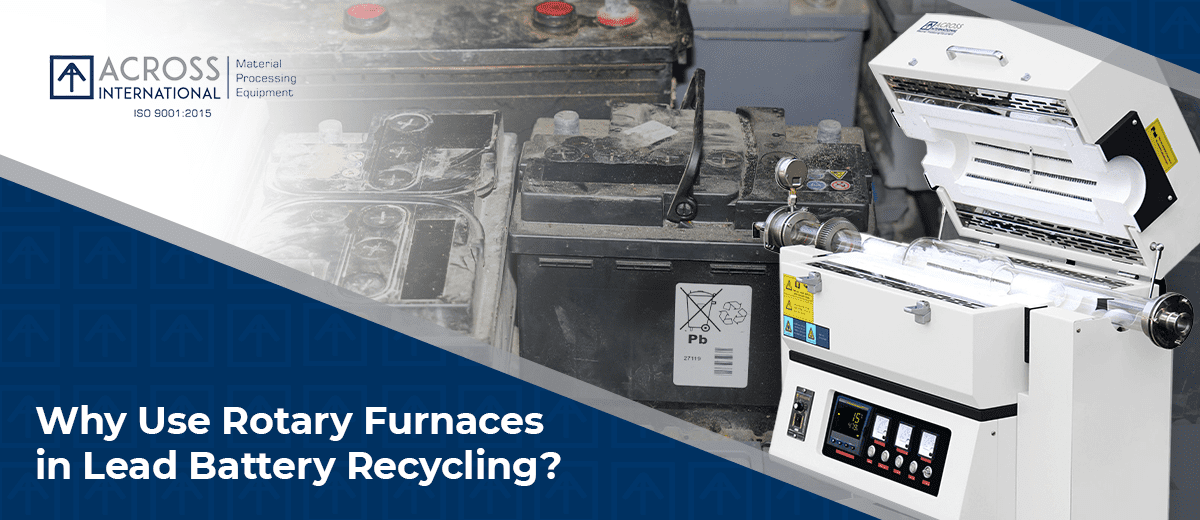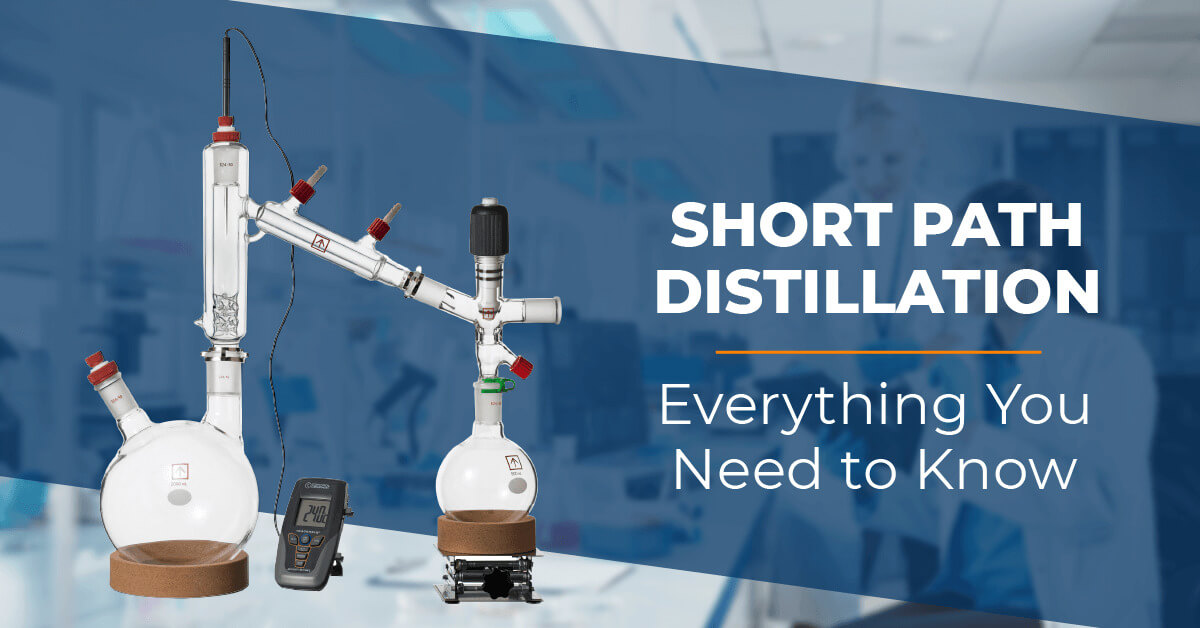We use cookies to make your experience better. To comply with the new e-Privacy directive, we need to ask for your consent to set the cookies. Learn more.
Maintaining a laboratory freezer to save energy
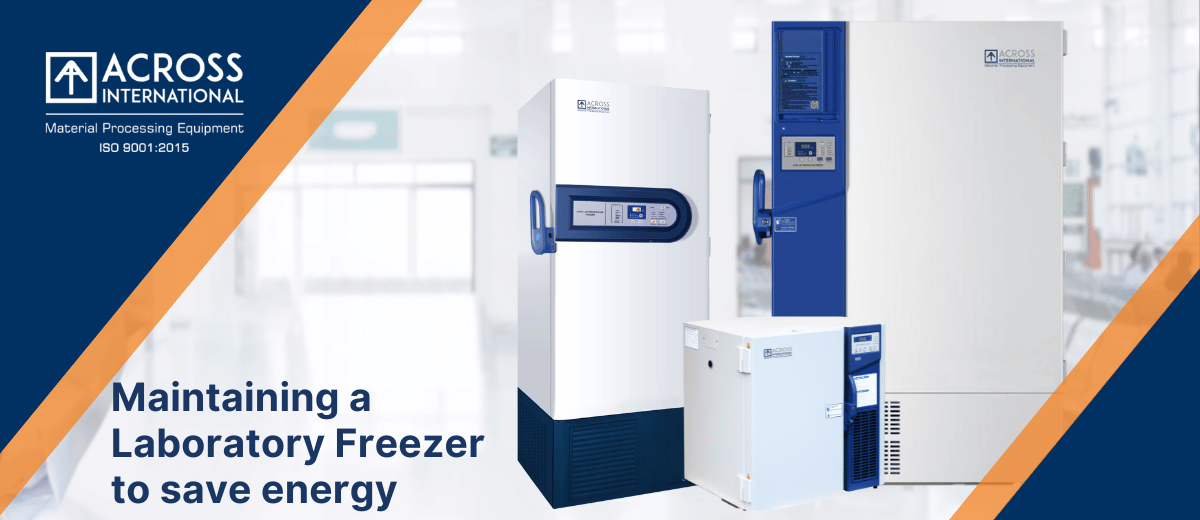
Do you know laboratories are among the highest energy-consuming places around? Various pieces of equipment are running 24X7 in a laboratory setting which makes its energy consumption very high. Labs consume the most energy per square foot only after data centers. As a responsible industry, we should be more conscious of the impact, we have on the environment. There are certain best practices that a lab can follow to make it a more environmentally friendly and sustainable place. An energy-efficient freezer can make a lot of difference to the overall energy consumption of the lab.
If you have been thinking of ways to make your laboratory freezer more energy efficient, the following tips will help.
Take Inventory Check
You should carry out an inventory check of your laboratory freezer racks from time to time. Make sure that your inventory list is updated. Label the samples with the date, sample type, and researcher’s name. Discard any old and outdated samples. Keep your freezer clean and well organized by having specific locations for items. This way samples will not get lost or buried inside.
Raise the Temperature from -80 C to -70 C
You can reduce the energy consumption of your laboratory freezer by 2-4 Kwh a day by raising the temperature from -80 C to -70 C. Most biomedical samples stay fine at -70 C. So, you won’t be compromising on their preservation.
Open with Care
For every minute the medical lab freezer is open, it takes another 10 minutes to bring it back to the required temperature. So, open the lab freezer only when you need something and be swift in taking out what you need.
Maximize your Sample Storage Space
It is such an obvious thing to say, but it’s a fact that many labs have underutilized storage space which could be used better. The freezer space can be used between departments for efficient utilization of the space.
Well-Ventilated Space
It is important to keep your freezers in a well-ventilated space. It helps in reducing excess energy consumption compounded by external heat sources.
Proper Maintenance
Your laboratory freezer must be defrosted and cleaned at least once a year. It helps to ensure that the refrigerator seal is intact. Over time cracks and tears appear on the seal which lets ambient air in, thus needing the compressor to run more to maintain the required temperature. The dust of the condenser filter must be cleaned regularly to remove blockages.
Lab Freezers Calibration
Lab Freezer Calibration vital for optimal performance and reliability of medical freezers. Follow these key practices to ensure the proper functioning of your freezer:
Scheduling professional inspections and calibrations is essential:
* Professional inspections identify and address potential issues before they escalate.
* Calibration verifies and adjusts temperature accuracy for precise temperature control.
* Compliance with regulatory standards is ensured.
* Documentation is available for audits and quality assurance purposes.
By following these maintenance and calibration practices, healthcare professionals can maintain the cleanliness, functionality, and accurate temperature control of their medical freezers, ensuring the safe storage of materials.
If your Laboratory freezer is more than 10 years old, then perhaps it is time to upgrade it. As the equipment ages, its energy efficiency decreases. Modern efficient units can use as little as 8kWh/day, which can make a significant difference in your lab’s energy consumption.
At Across International, we have a wide range of lab cold storage equipment to cater to the needs of various medical research labs. When buying freezers, do not just look at the upfront cost of the equipment, but also take its operating cost into account to make a smart buying decision. It will save you significant money over the lifetime of the freezer.


